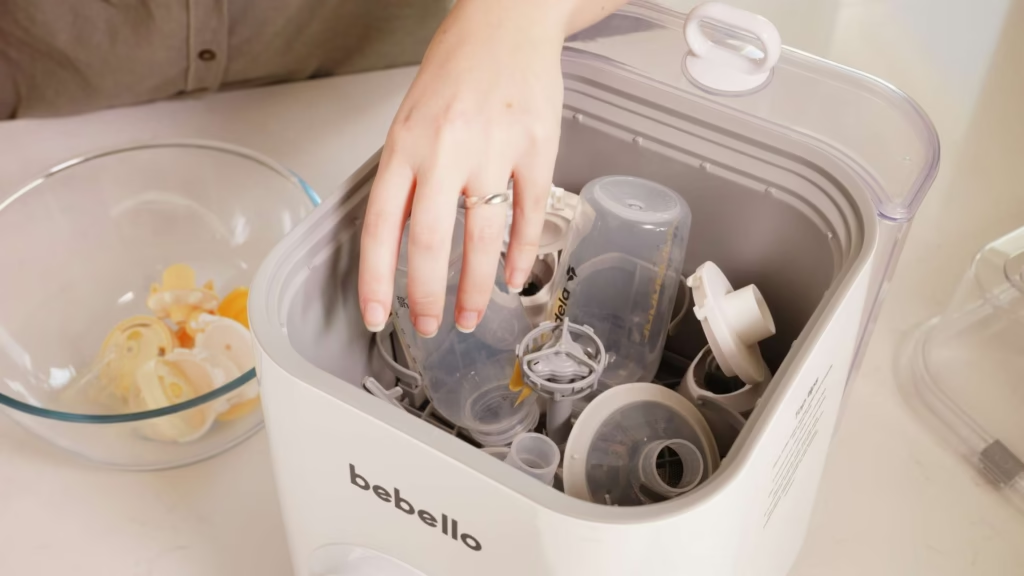Avoid these 3 common AP Biology exam mistakes. Learn how to fix them fast and boost your score with our actionable test-taking strategies.
Table of Contents
The AP Biology exam is tough. It is not just about memorizing facts. You need to think like a scientist. You must analyze data. You must explain your ideas clearly. And you must do it all under pressure. You might feel overwhelmed. That is normal. Here is the good news. Many students lose points not from a lack of knowledge. They lose them by falling into simple traps.
I have helped many students prepare. I see the same errors every year. These mistakes can lower your final score. The best part? You can fix them. This post covers the three biggest pitfalls. You will learn how to stop misreading graphs, ignoring FRQ keywords, and managing time poorly. For each one, I give you a clear plan to fix it fast.
By the end, you will have a game plan to outsmart the test.
Mistake #1: Misreading Graphs and Data Tables
The AP Bio exam uses a lot of data. About 40% of the multiple-choice questions need you to read a graph or table. You might know the biology well. But one wrong read can lead to a wrong answer.
Why This Happens:
Students rush. They think they “get the gist.” They mix up variables. They miss units on the axes. They ignore error bars. Some overthink the data. Others do not think enough.
The test checks your science skills. Not just your memory. If you skip steps, you lose points.
How to Avoid It: Use a Simple Routine
Do not guess. Treat every graph like a mini-case. Use this method.
– Try the “S.A.F.E.” Method:
– Source: What does the graph show? What was the experiment?
– Axes: What is on the X-axis? What is on the Y-axis? Check the units. Is the scale normal or special?
– Features: See any trends? Up? Down? Flat? Look for odd points or error bars.
– Evidence: What data point answers the question? Do not guess beyond what you see.
– Practice Every Day:
Spend 10–15 minutes on graph questions from old tests. After each one, ask: “What did I almost miss?” This builds good habits.
– Watch for Trick Answers:
Wrong answers often use common mistakes. They might mix up cause and effect. If an answer seems too simple or makes a big claim not on the graph, it is likely a trap.
Using data well is a skill you can learn. Make S.A.F.E. your habit. Turn these questions into easy points. Track your skill growth with tools like the AP Biology Score Calculator.
Mistake #2: Ignoring Key Words in FRQs
The free-response questions are 50% of your score. Many students miss easy points. They do not answer the question as it was asked. The test uses special “task verbs.” Words like describe, explain, or calculate. Each one needs a different answer.
Why This Happens:
Students feel rushed. They skim the prompt. Then they write down all the facts they know. But if the question says “describe” and you “explain,” you get zero points. The graders follow a strict rule book. They want precise answers.
How to Avoid It: Read the Prompt First
Spend your first 30 seconds on the question. Do not start writing yet.
– Find the Task Verb and Key Terms:
Underline words like describe or explain. Circle science terms. Then think: What does this verb need me to do?
– Describe = List steps or traits. No reasons needed.
– Explain = Give a cause. Use “because.”
– Justify = Give proof for your idea.
– Calculate = Show your math. Use units.
Make a small cheat sheet for these verbs. Use it until you know it by heart.
– Check the Points:
Each part of a question shows its point value. Use this as a guide. A 2-point question needs two clear ideas. Do not write a long essay. Be short and accurate.
– Grade Your Own Work:
After a practice FRQ, check the official scoring guide. See if you hit every needed part. This trains you to think like a grader.
The test does not just ask what you know. It asks you to show it in a specific way. Be precise. Avoid these common errors in AP Bio.
Mistake #3: Poor Time Management
You might know everything. But if you run out of time, your score will suffer. The test is long. You have 90 minutes for 60 multiple-choice questions. Then 90 minutes for 6 free-response questions. That is not much time per question. Without a plan, you can get stuck and panic.
Why This Happens:
Students spend too long on hard questions. They write too much for one FRQ. Or they rush and make silly errors. Bad time use hurts your score.
How to Avoid It: Practice with a Timer
You need to pace yourself. Like a runner in a race.
– Set Time Goals:
– For MCQs: Try to do 20 questions every 30 minutes. If you fall behind, skip the hard ones. Mark them to review later. All questions are worth the same. Do not lose three easy points for one hard one.
– For FRQs: Give about 25 minutes to the two long questions. Give about 10 minutes to the four short ones. Use a watch. When time is up for one question, move on.
– Do Full Practice Tests:
Take at least two full tests before the real one. Time all three hours. Use a bubble sheet. This builds your stamina. After, see where you lost time. Did you overthink MCQs? Over-write FRQs? Fix your plan.
– Use the “Two-Pass” Method for MCQs:
First, answer all the easy questions fast. Second, go back to the hard ones. Give yourself a time limit for each. If you are still stuck, guess. There is no penalty for guessing. Never leave a blank.
Time management is a skill. Control the clock. Let your knowledge shine. These AP Biology test tips can save your score.
Your Action Plan for Test Day
Let’s review the three big AP Biology exam mistakes and how to beat them.
- Misreading data? → Use the S.A.F.E. method. Practice graph questions daily.
- Ignoring FRQ words? → Read the prompt first. Match your answer to the verb. Check the points.
- Running out of time? → Set time goals. Do full timed practice tests. Use the two-pass method.
These are not just tips. They are habits. Build them with practice.
As you get ready, remember this. The AP Biology exam rewards clear thinking. It rewards precision. You have done the work. Now make sure you get all the points you earned.
Find your weak spots fast. Use the AP Biology Score Calculator to see where you need more practice.
You can do this. Walk into that test room as a scientist. Be observant. Be methodical. Be confident. Good luck


























